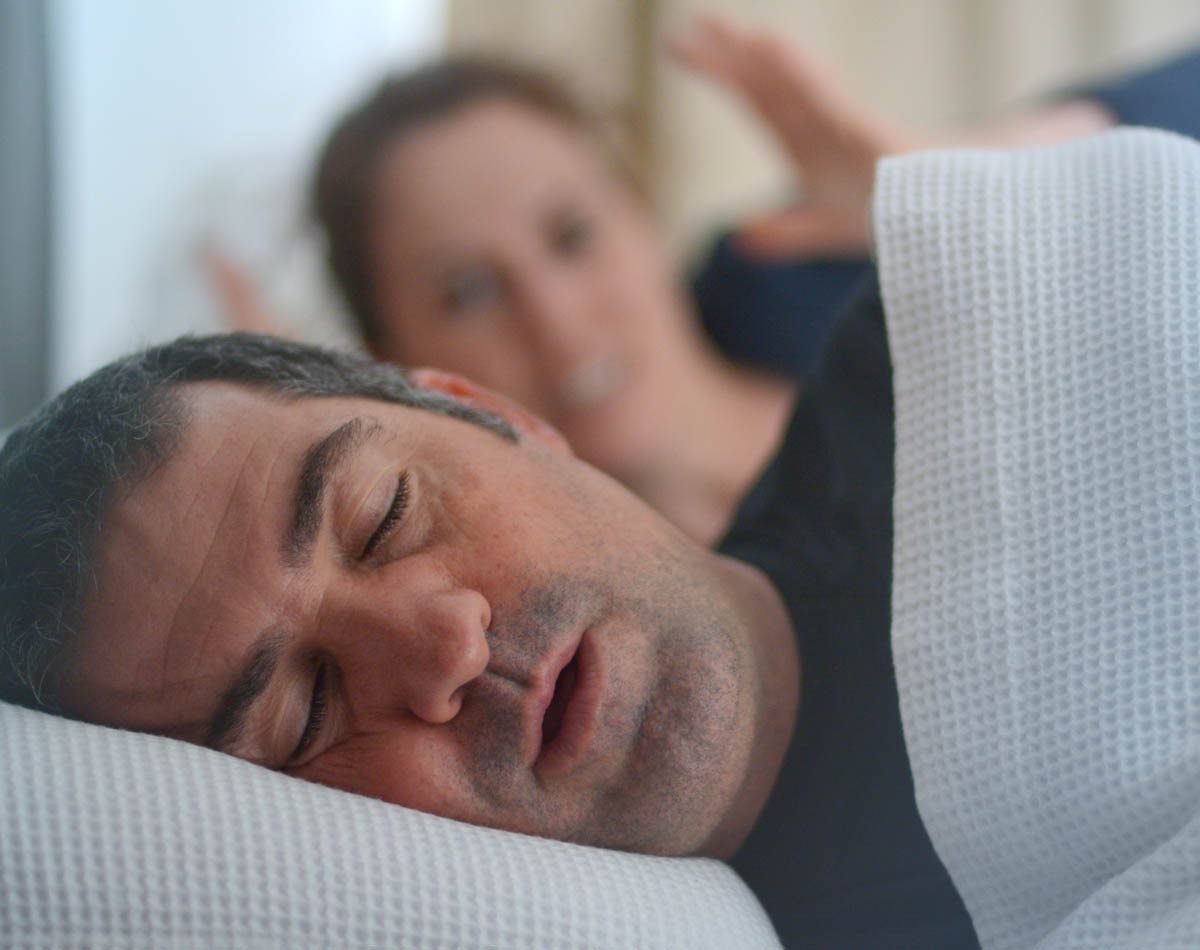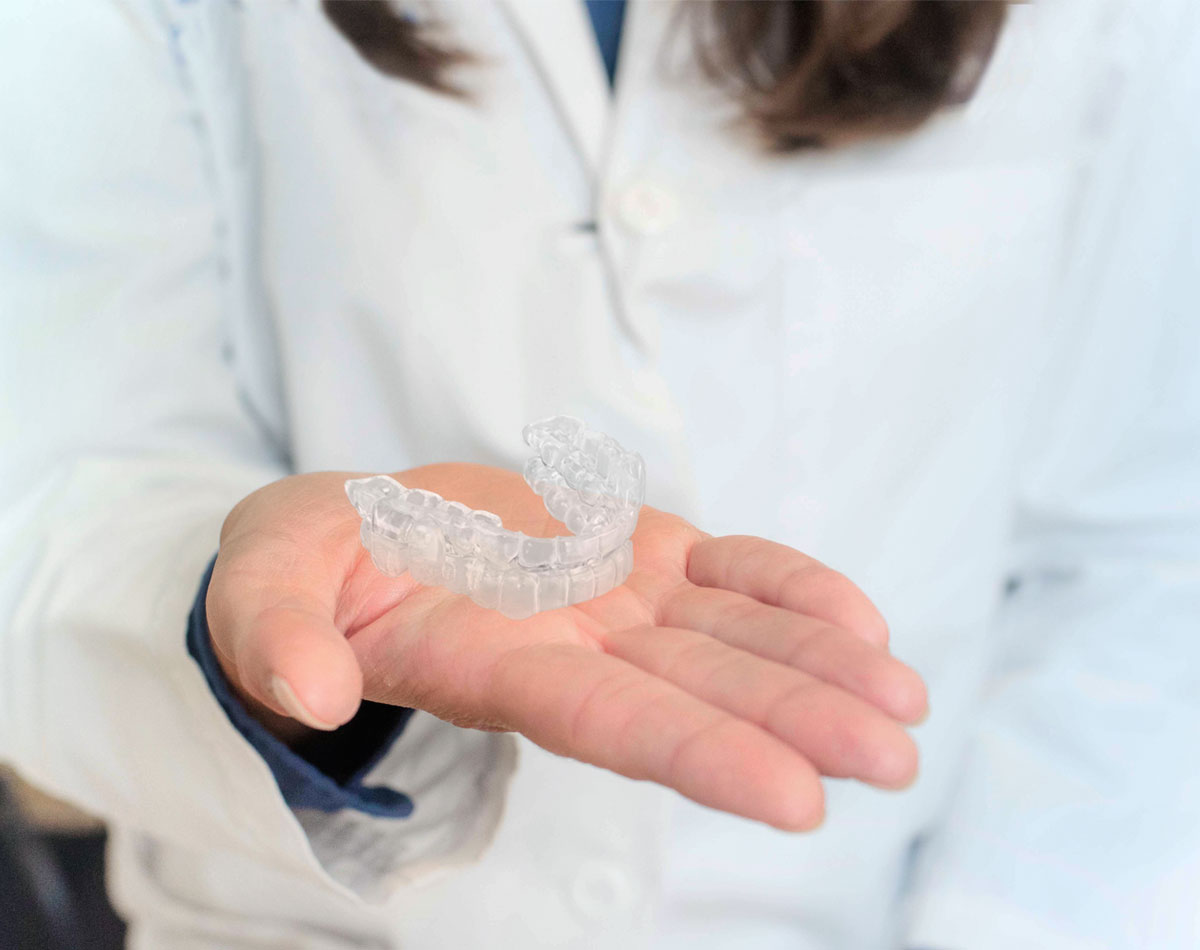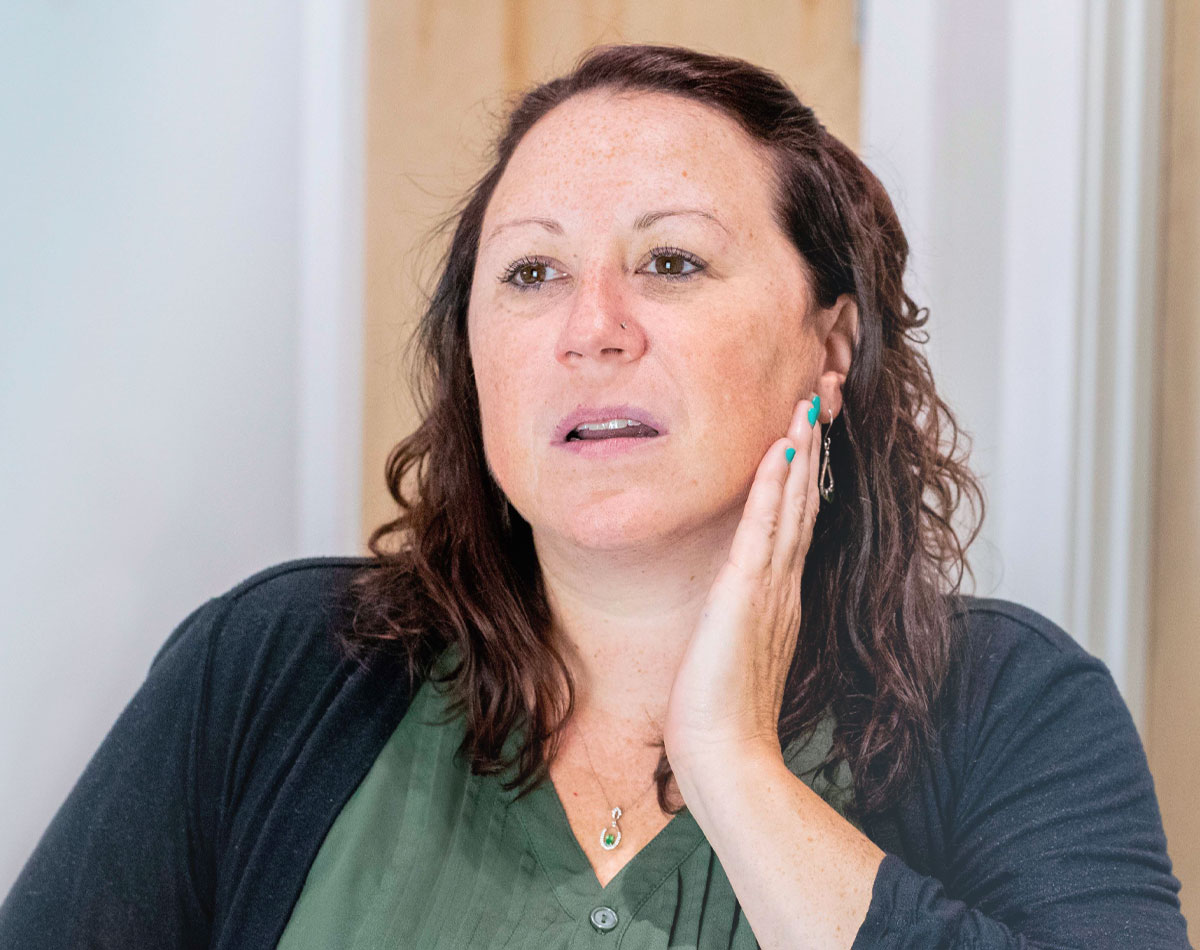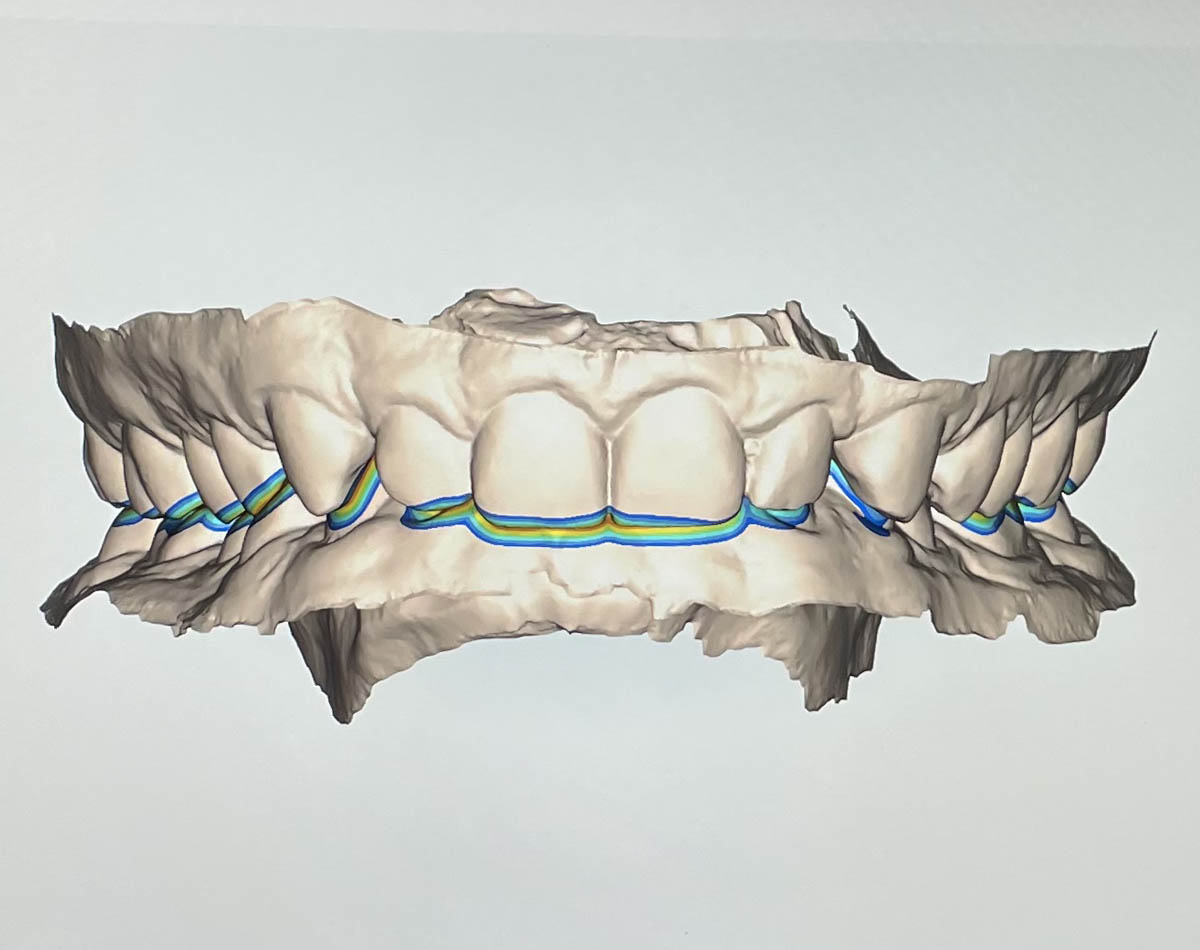How is sleep disordered breathing treated in children?
Many children with sleep apnea have larger tonsils and adenoids. The most common way to treat sleep apnea is to remove tonsils and adenoids when recommended. Other treatments include a nasal positive airway pressure which require your child to wear a mask while they sleep. Weight loss in overweight children can also help improve sleep apnea. Dentists play an important role, we evaluate the facial structures of a growing child and can recognize any reductions in size, shape, positioning of the jaw that could reduce the efficiency of airflow.
Your doctor may recommend lifestyle changes such as maintaining a healthy weight, reducing nasal congestion, surgical interventions, continuous positive pressure machines and oral appliances.
How is sleep disordered breathing evaluated in children?
Your dentist will complete a comprehensive evaluation of your child’s face, head and neck and the upper airway.
How is sleep disordered breathing diagnosed in children?
A polysomography test (PSG) typically consists of an all night recording test that measures sleep stages, heartbeat, breathing, electrocardiogram, blood oxygenation and arm and leg movements. There is also home sleep test (HST) which can be done at home and the data is analyzed by a board certified sleep physician.
If left untreated, obstructive sleep apnea in children can result in problems such as behavioral issues, cardiovascular problems, poor growth and developmental delays.
Can children have sleep apnea?
Symptoms or signs of sleep apnea in children include frequent snoring, labored breathing, gasps or snorting noises, episodes of not breathing, bedwetting, bluish discoloration of the skin, headaches on awakening, daytime sleepiness, attention-deficit hyperactivity disorder or learning problems. Conditions that contribute to sleep apnea in children include enlarged tonsils and adenoids, obesity, poor muscle tone, some dental conditions (for example, an increased overbite), and seasonal allergies.
My child had their tonsils and adenoids removed. Why do they still snore?
A dental evaluation may show a narrow upper and lower jaw, and problems with your child’s bite should be evaluated. The potential link between craniofacial growth and sleep apnea is of great interest to researchers and warrants further investigation.
What are the treatments for sleep apnea in children?
Lifestyle changes such as maintaining a healthy weight, reducing nasal congestion, surgical interventions, continuous positive pressure machines, oral appliances and sometimes combination of treatments are necessary to improve sleep apnea in children.
Payment options for pediatric sleep apnea treatment
We understand that sometimes your ideal treatment plan may not fit your budget. That’s why Worcester Sleep Dentistry offers affordable third-party payment plans with deferred interest through CareCredit or payment over time with Sunbit. This way you can get the treatment you need, when you need it, and pay over time with our convenient payment options.
Sleep Dentistry Services
Get In Touch With Us
Call Us
(508) 731-4479
Email us
Book An Appointment
Click the button below to book an appointment online:
Other Sleep Dentistry
Disorders
Snoring
Snoring can be a symptom of obstructive sleep apnea, but not all people who snore have obstructive sleep apnea. Find out the difference.
Sleep Apnea
12-18 million adults in the US have obstructive sleep apnea, which causes the individual to stop breathing up to a hundred times a night.
TMJ Disorders
TMD/TMJ Disorders is a group of related conditions affecting the jaw joint, the muscles involved with chewing, and associated structures.
Bruxism
Bruxism is the habit of clenching and grinding your teeth. Bruxism can occur during sleep and during periods of stress and tension.






